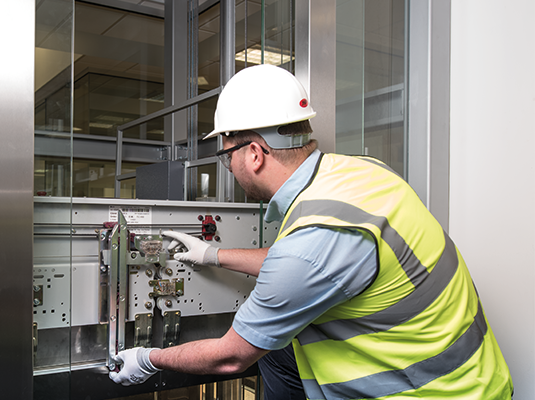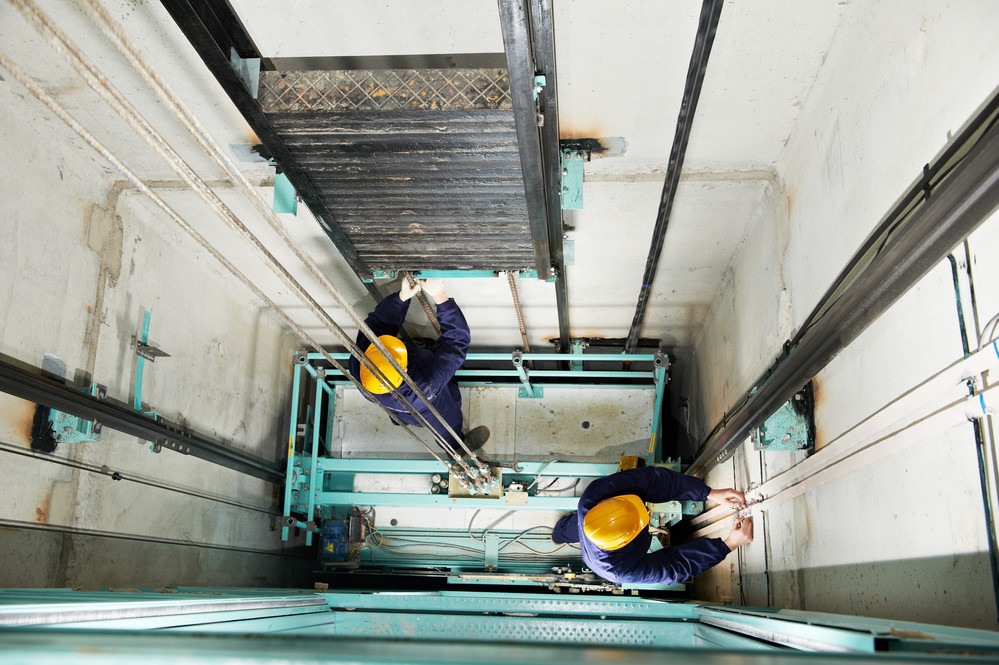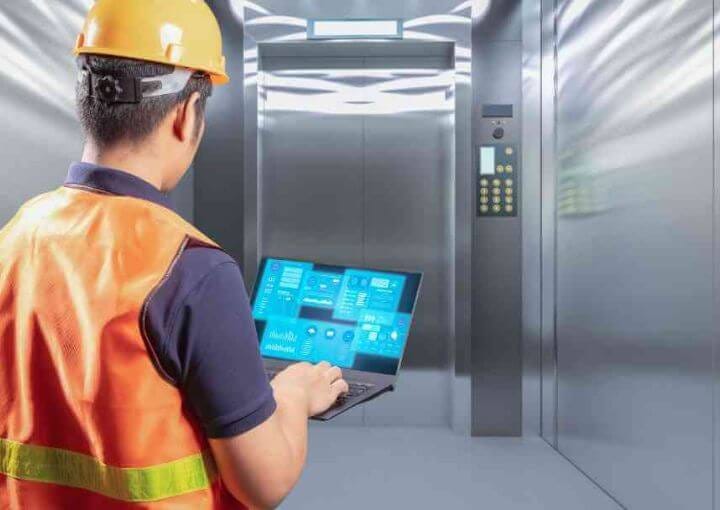Checking Out the Importance of Normal Servicing and Assessment of Disabled Platform Lifts
In the world of keeping impaired system lifts, normal maintenance and examination play a crucial duty in ensuring functional performance and safety and security conformity. A closer exam of these nuanced facets loses light on the complex internet of considerations that highlight the significance of prioritizing the upkeep of impaired system lifts.
Security and Compliance Criteria
How do safety and conformity criteria make sure the appropriate functioning and safety of impaired system lifts? Safety and compliance criteria play a critical duty in making sure the smooth operation and safety and security of impaired platform lifts. These standards are made to maintain the integrity of the tools, secure users from potential dangers, and guarantee conformity with lawful requirements.
Safety and security requirements dictate the style, installation, and upkeep demands for impaired platform lifts. They cover aspects such as weight ability, emergency quit systems, hand rails, and non-slip surfaces to avoid mishaps and injuries. Compliance requirements, on the other hand, make sure that disabled system lifts meet all needed regulatory standards established by authorities to ensure their secure use.
Preventative Upkeep Benefits
Security and conformity requirements make certain the proper performance and safety and security of handicapped system lifts by setting the foundation for gaining the preventative maintenance benefits that add to their longevity and dependability. Preventative upkeep plays an essential function in making the most of the life-span of disabled platform lifts and lessening unanticipated break downs. By adhering to a normal upkeep schedule, problems can be identified and corrected prior to they rise, hence reducing the chance of pricey repair work and downtime.

Moreover, preventative upkeep can likewise result in set you back financial savings in the long run. By addressing small problems quickly, significant breakdowns can frequently be prevented, reducing repair work expenses and staying clear of the hassle of unexpected malfunctions. elevator maintenance. Additionally, properly maintained lifts are likely to have a much longer operational life, reducing the requirement for early this replacements and the linked expenses
Cost-Effective Efficiency Enhancements
Enhancing the performance of handicapped system raises in a cost-effective manner needs calculated upkeep practices and efficiency optimizations. Furthermore, making sure that sensing units and safety and security mechanisms are calibrated and functioning properly can stop pricey failures and downtime.

In addition, thinking about upgrades such as energy-efficient lighting and drive systems can boost the lift's performance while reducing functional costs. By meticulously choosing affordable improvements that prioritize performance and security, owners and drivers of disabled system lifts can ensure smooth procedures without overspending.
Extended Life-span and Sturdiness
To ensure the continued cost-effective performance improvements of disabled system lifts, prioritizing prolonged life-span and sturdiness via proactive upkeep measures is necessary. By implementing routine maintenance and inspection routines, the total longevity of the platform lift can be dramatically enhanced. Regular upkeep not only assists in recognizing and addressing minor problems prior to they intensify right into major troubles but additionally ensures that all elements are operating optimally, thus prolonging the life-span of the lift.
Furthermore, by staying in advance of wear and tear via arranged maintenance, the resilience of the disabled system lift is improved. In conclusion, focusing on extensive life expectancy and view resilience through normal servicing is a prudent financial investment in the long-lasting performance of impaired platform lifts.

Ease Of Access and Integrity Elements
The design of disabled system lifts must prioritize ease of access by ensuring instinctive controls, appropriate area for wheelchair customers, and clear signs for users with aesthetic problems. Routine maintenance and examinations play a crucial function in ensuring the integrity of handicapped platform lifts. On the whole, focusing on accessibility and integrity elements in the design and upkeep of disabled site link system lifts is vital to fulfill the requirements of all users and guarantee their safety and ease.
Final Thought
Finally, routine maintenance and inspection of handicapped system lifts are important for making sure safety and security, compliance with guidelines, and optimum performance. Preventative maintenance not just boosts cost-effectiveness but likewise expands the lifespan and sturdiness of the lifts. By focusing on accessibility and reliability through appropriate upkeep, organizations and organizations can offer a much safer and a lot more reliable environment for individuals with impairments. It is imperative to schedule routine maintenance to optimize the advantages of impaired system lifts.
Comments on “Professional Elevator Maintenance-- Making Sure Safety And Security and Integrity for every single Experience”